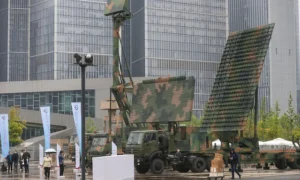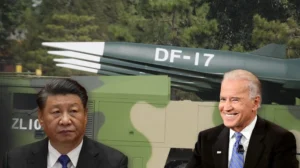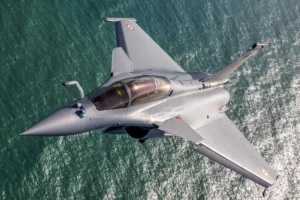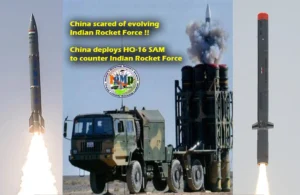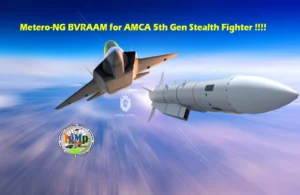Source : The Indian Express
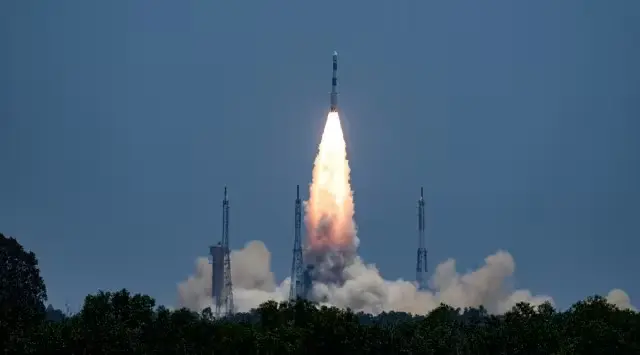
Another Milestone: ISRO successfully places Aditya L1 in orbit an hour after challenging launch
As the Chandrayaan-3 lander and rover continue to collect data on the Moon, the Indian Space Research Organisation (ISRO) on Saturday successfully launched the observatory that will study the Sun from 1.5 million kilometres away. It took nearly 63 minutes for one of the heaviest configurations of the PSLV to place the spacecraft in a precise elliptical orbit of nearly 235 km x 19,500 km.
This was the first time the fourth stage of the PSLV was fired two separate times to take the primary payload of the mission to the precise place for orbit insertion. During the firings of the fourth stage of PSLV and the coasting phase in between, there were two instances — one for nearly 25 minutes and another for just over two minutes — when there were no eyes on the satellite. It was only after a ship-based station and then Kourou ground station acquired the data that the flight path could be seen.
After the precise injection into the orbit, ISRO Chairperson S Somanath said: “Congratulations, the Aditya L1 spacecraft is injected in an elliptical orbit very precisely in a very unique mission mode, with the upper stage of the PSLV taking two burns for the primary satellite for the first time.”
Mission Director Biju S R added: “The orbital requirements given by the satellite team were very challenging. We have gone for a new mission descent strategy. We have gone through numerous simulations to validate this and this is the proof. With this, the capability of PSLV has increased manifold to venture into new and challenging missions.”
Somanath also took the opportunity to mention that the historic Chandrayaan-3 lander and rover continued to collect data on the Moon, with the rover having moved 100 metres from the lander.
“Congratulations India. Congratulations ISRO,” said Union Minister of State for the Department of Space Dr Jitendra Singh who was present in the mission control complex during the launch.
From the orbit around the Earth, the spacecraft will slowly be raised by the ISRO team through a series of manoeuvres till it slingshots towards the Sun. The spacecraft will take 125 days to reach its final destination of a halo orbit around the L1 point 1.5 million kilometres away.
The launch of a second big-ticket science mission on the heels of Chandrayaan-3 was interspersed with a discussion with all the science experts whose teams have contributed to designing the sensitive instruments that the spacecraft now carries.
Dr Sanaka Subramanian, the scientist leading the Aditya L1 mission, said that at the time when the mission was conceived it was ensured that it would provide a unique set of data that has not been provided by any other mission so far. He said that the seven payloads onboard the Aditya L1 will help study the Sun comprehensively — it carries instruments that can see the Sun in multiple wavelengths such as X-ray, UV, and visible light; it can study the radiation, particles, and magnetic fields emitted by the Sun; it can also study various phenomenon in different directions.
The scientists said that heliophysicists from not just India but the world were awaiting the results of the mission. The Indian space agency is only the third after the National Aeronautics and Space Administration (NASA) and the European Space Agency (ESA) to place an observatory at the L1 point between the Earth and the Sun.
“The Sun is a giant sphere of gas and Aditya L1 would study the outer atmosphere of the Sun. Aditya L1 will neither land on the Sun nor approach the Sun any closer,” ISRO said on Friday.
The timing of the launch was chosen to allow for the best observation window to study the Sun.
“For a mission to L1 point, the ideal launch window is between January and September considering the fuel requirements and planetary positions. The good thing is that the spacecraft will reach its designated orbit in early 2024 allowing it a good few months of observation of the ascending solar cycle and then the descending cycle in 2025,” Prof R Ramesh from the Indian Institute of Astrophysics, whose team was involved in developing the scientific experiments that will be carried by the mission, previously said. The solar cycle usually follows an 11-year pattern.
The main objective of the mission is to get a deeper understanding of the star closest to us and how its radiation, heat, flow of particles, and magnetic fields affect us.


